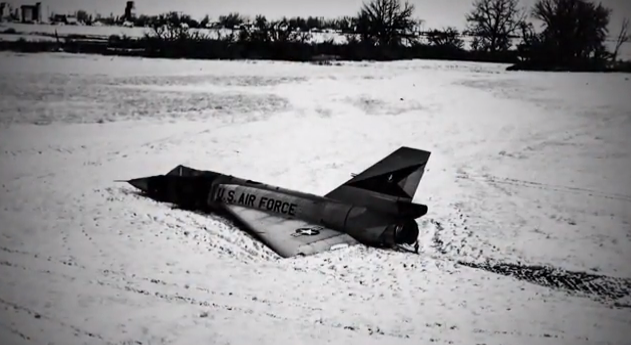The story of the F-106 in a cornfield.
An unpiloted aircraft recovers on its own from an uncontrollable flat spin and makes a gentle landing in a cornfield.
In the drones era, this could be an almost normal headline for the news of a UAV (Unmanned Aerial Vehicle) accident somewhere in the U.S., unless the episode took place in 1970 and the aircraft was unmanned because its pilot was forced to eject after the F-106 he was flying had entered an unrecoverable flat spin.
Maj. (Ret.) Gary Foust, was that pilot.
During a training mission from Malmstrom Air Force Base, on Feb. 2, 1970, his F-106 entered an uncontrollable flat spin forcing him to eject. Unexpectedly, the aircraft recovered on its own and made a gentle belly landing and skidding for a few hundred yards on a field near Big Sandy, Montana, covered by some inches of snow.
The aircraft, that returned to active service after the mishap, can be found at the U.S. Air Force National Museum (that has made the following video with interview to Gary Foust available).









